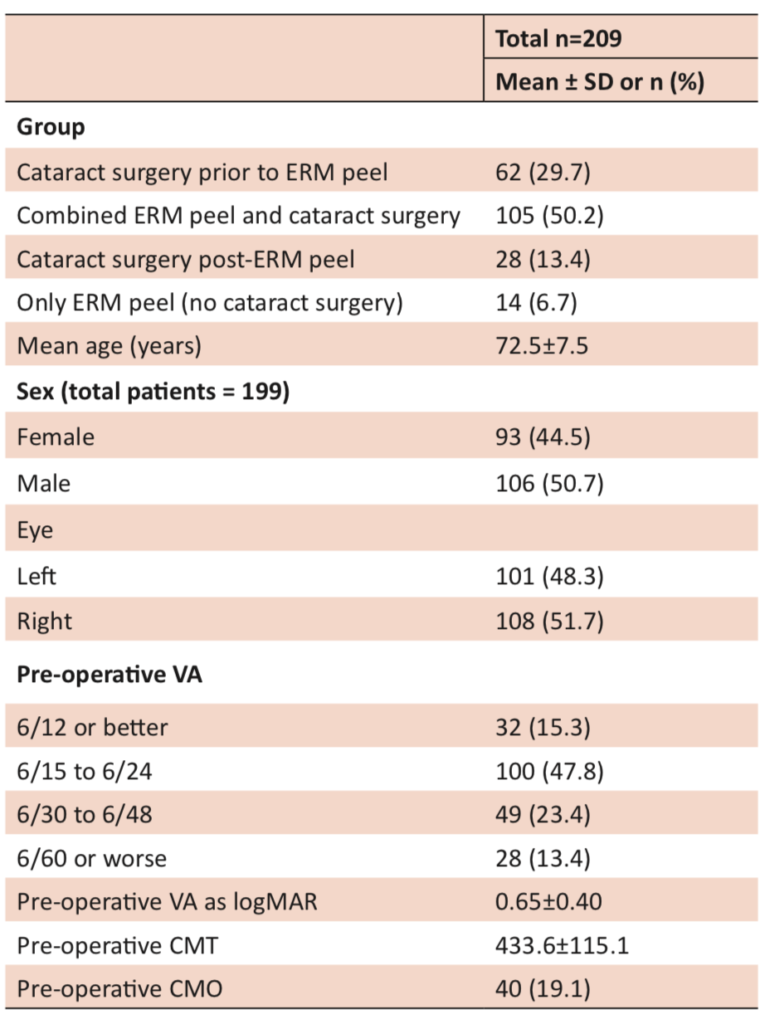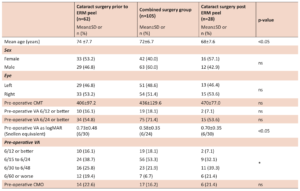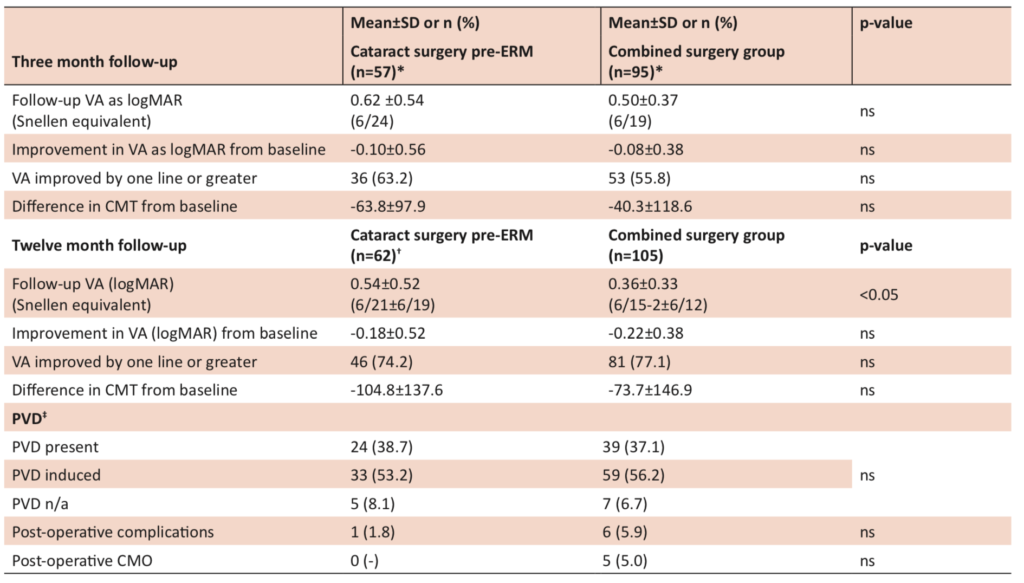Medical Registrar, East Metropolitan Health Service, Western Australia
Dr Penny Allen, PhD
Senior Research Fellow, University of Tasmania and Launceston Eye Institute
A/Prof Brendan J Vote, MBBS
Clinical Associate Professor, University of Tasmania
Penny joined the University of Tasmania and the Launceston Eye Institute after completing a PhD at University College London. Penny’s background is in epidemiological research and evaluations of health services and health care interventions. In her spare time, Penny rescues and cares for neglected and abandoned ponies.
A/Prof Brendan Vote is a Clinical Associate professor in Ophthalmology at the University of Tasmania and a consultant ophthalmologist. He graduated from the University of Queensland. He established the Tasmanian Eye Institute that is devoted to research, education and service in ophthalmology. He has published more than 80 peer reviewed articles. A/Prof Vote is an avid squash player and skier, as well as keen follower of cricket.




